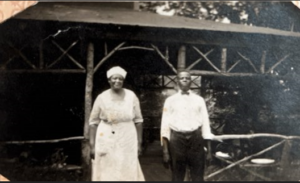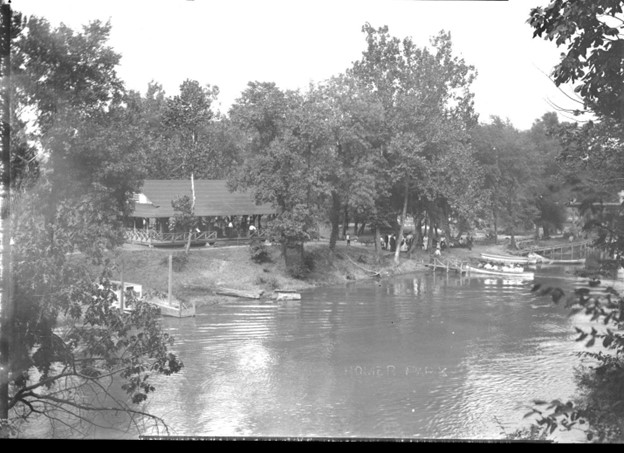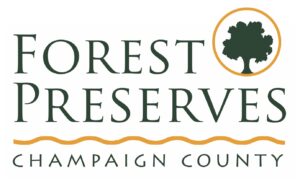Homer Park
South Homer Lake Road off Route 49
Briefly known as Riverside Park, Homer Park was an amusement park north of Homer that ran from 1905 to 1936. It was created by William B. McKinley of the Interurban and C.B. Burkhardt to encourage ridership on the transit line. African Americans utilized the park for picnics, barbecues, band concerts, dances, orations, fraternal gatherings, swimming, and fishing. The Bethel A.M.E. Church of Champaign organized Sunday school events, and residents congregated for religious revivals and church outings. African American baseball teams and jazz bands also played at Homer Park.
Homer Park began to decline after 1930 and, over time, many of the gatherings ended.
Before the creation of Homer Park, and as early as the mid-1870s, African Americans began gathering in Sidney and Homer, Illinois, for Emancipation celebrations, which were held in September to coincide with President Abraham Lincoln’s issuance of the preliminary Emancipation Proclamation. These celebrations brought together African American communities from Champaign, Vermilion, Douglas, and Edgar Counties, and from West Central Indiana, to enjoy food, music, and speeches. By 1886, Homer was hosting celebrations and debates organized by Samuel Persons, a Civil War veteran from Homer who fought with Indiana’s 28th Regiment USC Infantry. His camp meetings were held at the Homer Fairgrounds, north of the village.

This trail stop is sponsored by:
Decade:
1900-1909
Location(s):
- Homer, Illinois
Additional Homer Trail Sites


